With the adoption of the Sustainable Development Goals (SDGs) and the targets outlined in the Paris Agreement, the international donor community has set itself ambitious goals. Their financing is not possible solely through public funds. Stephanie Lindemann-Kohrs, KfW expert on impact investments in emerging and developing countries, explains how KfW is providing incentives to attract additional private investors to finance projects in developing countries and emerging economies.
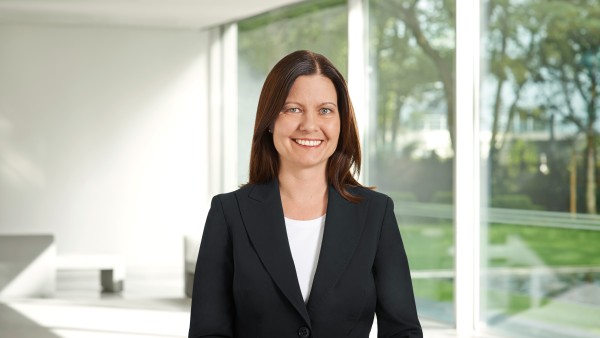
Stephanie Lindemann-Kohrs
heads the Global Equity and Funds Department at KfW Development Bank. The graduate economist has been in the banking business for around. 25 years in the banking business, and has held various positions at KfW for the past twelve years. The Global Equity and Funds department of KfW Development Bank is responsible for an investment portfolio in emerging and developing countries amounting to around EUR 4.3 billion. The department's strategic goal is to make the SDGs investable, in emerging and developing countries and especially for private investors.
Ms Lindemann-Kohrs, an estimated USD 4.5 trillion per year is needed to achieve the Sustainable Development Goals (SDGs) by 2030. Raising such sums will require private capital. Are private investors prepared to do this?
Stephanie Lindemann-Kohrs: We are seeing increasing demand for impact investments, so sustainable investments, in the private investment market. This is a good and very important development. However, these growth rates, we are talking about approximately 20 per cent annually in the past five years, are far from sufficient to achieve the SDGs. Private investors are also more cautious when it comes to impact investments in emerging and developing countries. On the one hand, they shy away from the risk, and on the other, they are not very familiar with these countries. This applies in particular to the Least Developed Countries (LDCs). We are also seeing current geopolitical developments and rising interest rates in the European and North American markets, which have increased the reluctance of private investors to invest in emerging and developing countries.
How can KfW Development Bank provide support in this area?
We do this very specifically by mitigating the risks with the help of our promotional instrument. Among other things, the Federal Ministry for Economic Cooperation and Development (BMZ) is our main client and thus also a key enabler when it comes to long-term financing structures in emerging and developing countries. We also support private investors with our local expertise and offer our local networks.
How does the process work, specifically?
The procedure is called “blended finance”. This means that, together with private investors and often other development financiers, we use an equity investment or other financing vehicle, usually funds, in which investors bear different risks. KfW usually acts as a financier of what is known as the “first loss tranche” and thus reduces the risks.
You have high quality standards in the environmental and social areas. One could assume that private investors might be intimidated by this. But the opposite is the case. Why is that?
It is absolutely right that we have very high environmental and social standards. Of course, this also means a more complex appraisal, combined with close follow-up over the entire term of the investment, which sometimes means that some things need to be improved. However, this also means that transactions we participate in have gone through this process. Compared to other investors, especially private investors, this is a kind of mark of quality with regard to environmental and social standards.
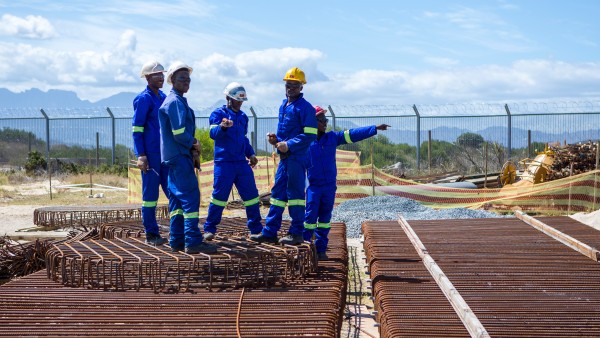
Construction site in South Africa
How do customers ultimately receive the funds from private investors? Are you able to trace this type of investment mechanism?
It works like this: We initiate a fund with a defined investment strategy in emerging and developing countries. For this purpose, we appoint a fund manager who establishes this fund for us, acquires further investors and makes and manages the investments. One example of this is the Emerging Climate Action Fund, which we initiated together with Allianz Global Investors and which finances climate projects in developing countries and emerging economies.
Does a fund like this have a specific term?
We distinguish between the investment phase, which lasts around four years, the operating phase, which usually runs for six to eight years, and what is known as the “de-investment phase”. The investments are then resold or the loans repaid. The capital proceeds generated are returned to investors after deducting the administrative expenses. At KfW, we also support companies during the operative phase, for example by financing supporting complementary measures.
Private investors have higher potential returns, public investors have higher risks – is that fair?
That’s not entirely correct. Public investors investing in first loss tranches bear a higher risk. In other words, if losses are incurred, these are initially borne by the first loss donors up to a specified amount. We pay more attention to ensuring that the entire investment capital of investors, including that of the first loss donor, is repaid before a return is due. Our aim is to make the risks acceptable for private investors.
How frequent are defaults?
Certainly, there are individual investments that are not performing as expected. Here, funds are a good tool for mitigating this individual investment risk as they make a range of investments. We work with conservative assumptions to recover our capital and cover costs. In terms of the overall portfolio, this requirement is met.
On average, how much funding are you able to leverage this way?
When we began with the investments about 15 to 20 years ago, we were almost exclusively involved in the microbanking sector. Back then, we had a rough ratio of one to one. For every euro, an additional euro came from the private sector. The figures have since grown significantly. Our current portfolio leverages private capital in a ratio of one to around three; we leverage three euros of private capital for every euro from the state budget. And that is only at the first investment level. However, the company in which the fund has invested continues to raise the initial sum with its investments. We are aiming for a leverage of five in the medium term.
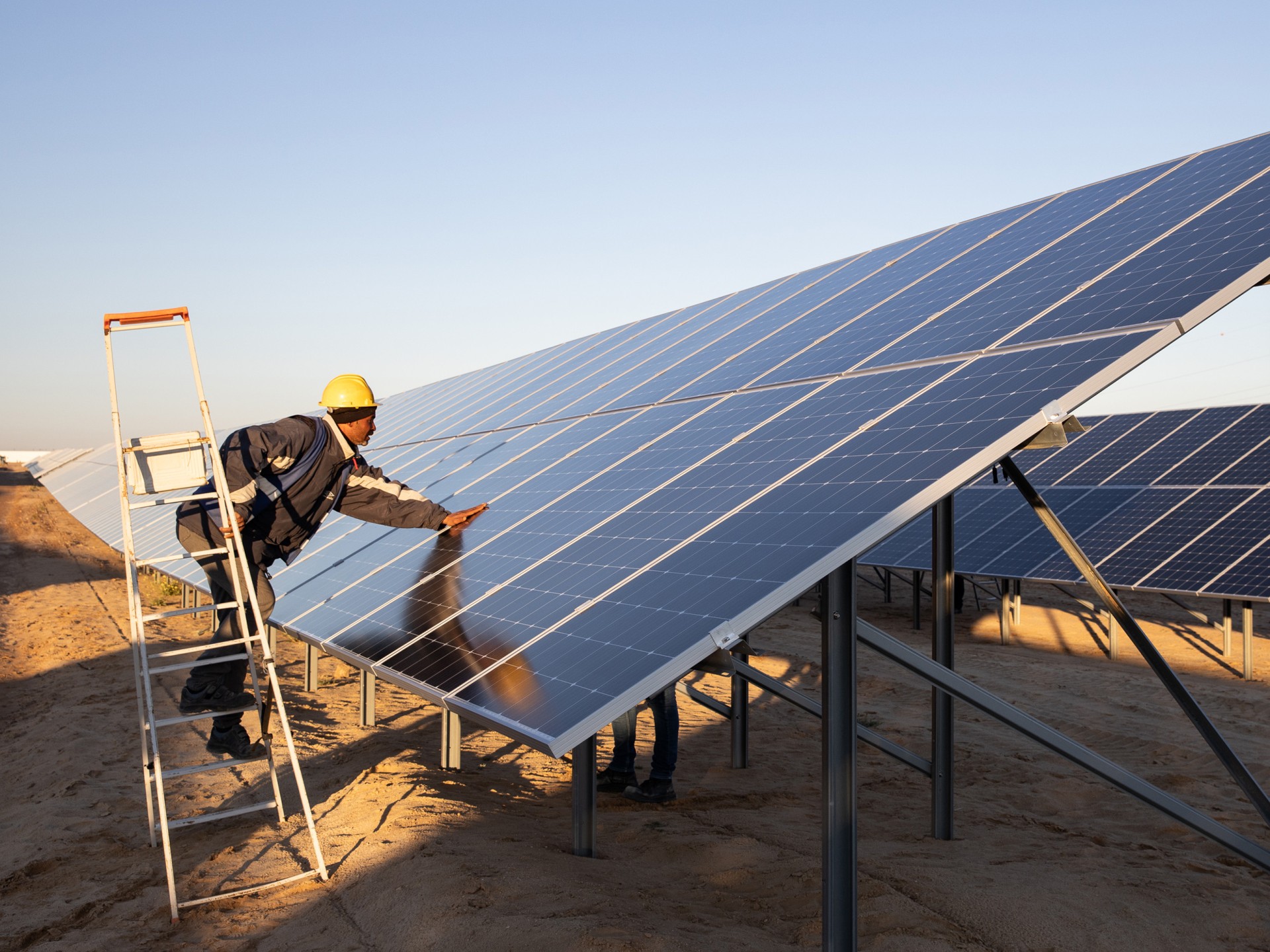
Solar energy
What kinds of sums are we talking about overall?
Our portfolio currently includes investments amounting to around EUR 4.3 billion. More than 45 per cent are invested in Africa.
Is focus placed on certain issues in this process?
We are guided by the goals of the Federal Ministry for Economic Cooperation and Development’s “BMZ 2030” reform and focus primarily on financing small and medium-sized enterprises and providing venture capital for growth companies. This is closely linked to the promotion and development of financial systems in the respective developing and emerging economies. Climate and climate risk mitigation are also very important to us; they are virtually part of our DNA. Food security and biodiversity are another focus that will continue to grow in importance in the future. We see gender as a cross-cutting issue in all investments. In addition to the fund’s actual investment strategy, we also look at the composition of the respective decision-making body, for example.
What kind of investors are you attracting?
Only professional investors can invest in these types of funds, not individuals. These include, for example, underwriters, banks or pension funds, but also private foundations and specific impact investment vehicles established by private companies, for example.
Do you think of yourself as a pioneer in this area?
Absolutely, and we see that impact investments are becoming increasingly important in capital investments. We want to drive this development forward further through scalable blended finance structures that make it even easier to invest in the SDGs, including in emerging and developing countries.
Further information:
Published on KfW Stories on 28 March 2023.

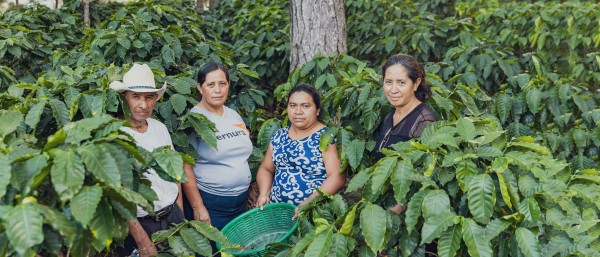
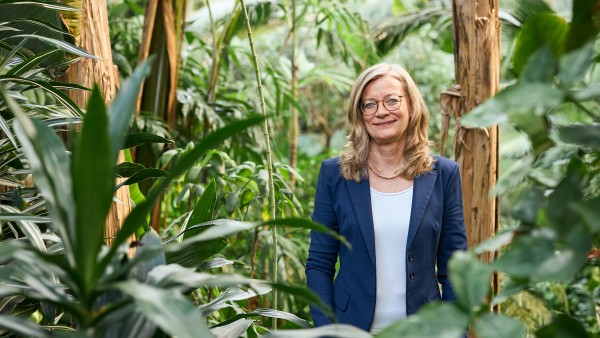
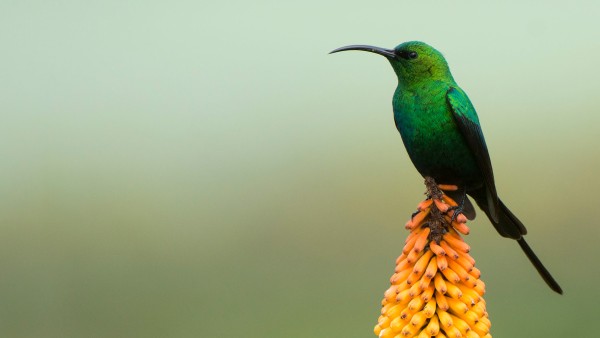
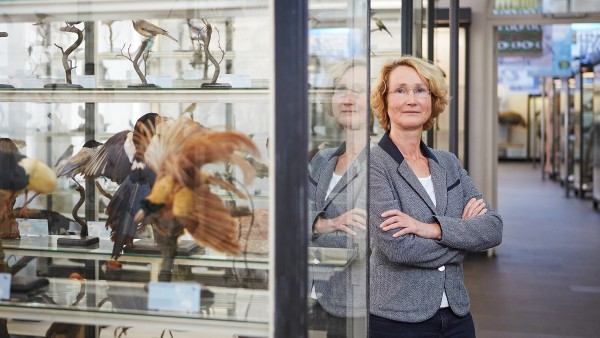
Data protection principles
If you click on one of the following icons, your data will be sent to the corresponding social network.
Privacy information